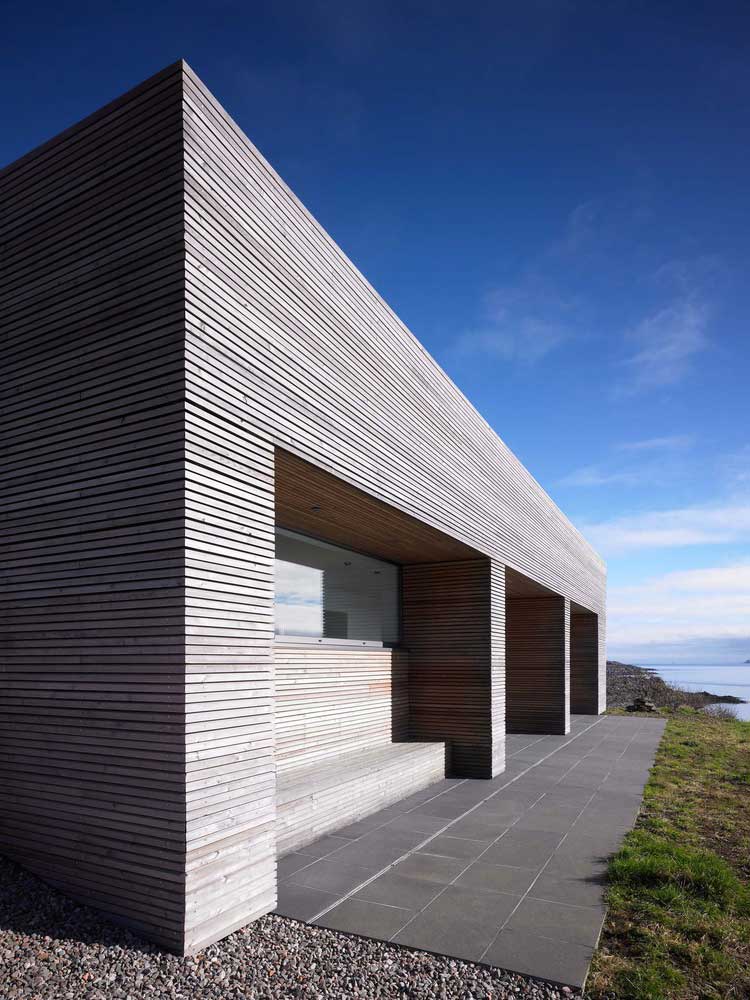Ever wondered why sleek, modern buildings always seem to have that perfect finish? The secret often lies in composite cladding. This innovative material has revolutionized how architects and builders approach exterior design, blending style, durability, and efficiency.
In this article, I’ll explore the key advantages of composite cladding for modern architecture. From its impressive weather resistance to the endless design possibilities it offers, you’ll understand why it’s become a go-to choice for contemporary structures. Whether you’re an architect, builder, or design enthusiast, you’ll find plenty of reasons to appreciate this versatile material.
What is Composite Cladding?
Composite cladding is a blend of wood fibers and recycled plastics. This combination produces a strong, durable exterior finish, ideal for modern architecture. I recently worked on a composite cladding project and found it easy to install and visually appealing. The material provides a sleek, uniform look while resistant to weather conditions and pests.
Benefits of Composite Cladding
Durability
Composite cladding lasts long and shows excellent resistance to the elements. It endures extreme weather like rain, snow, and UV rays without warping or fading. I recall a project where a client needed a solution for their coastal home. Composite cladding stayed strong against the salty sea air and relentless sun, maintaining its appearance and function over the years.
Low Maintenance
This material is practical and requires little upkeep. There’s no need for regular painting, sealing, or treating. Cleaning involves simply hosing down the surface occasionally. In my experience, homeowners love that they can enjoy the aesthetics without constant maintenance work.
Sustainability
Composite cladding often comprises recycled materials, contributing to environmental conservation. Many businesses source it from wood fibers and recycled plastics, reducing waste. I always recommend it to eco-conscious clients who want to minimize environmental impact while achieving a stylish, modern look.
Aesthetic Flexibility
With various colors, textures, and finishes, composite cladding fits different architectural styles. It easily mimics natural materials like wood and stone. In one particular project, I worked with a client who wanted the warmth of wood without the upkeep. Composite cladding provided looks perfect, transforming their home’s exterior.
Energy Efficiency
Composite cladding improves thermal insulation, reducing energy bills by maintaining interior temperatures. It also protects against heat loss in winter and excessive heat in summer. Clients often commend the noticeable difference in their homes’ comfort levels, attributing the change to the composite cladding installation.
Applications in Modern Architecture
Composite cladding offers vast applications in modern architecture due to its durability, versatility, and sustainability.
Residential Use
Homeowners gravitate towards composite cladding for its low maintenance and diverse design options. The material enhances curb appeal by mimicking wood or stone without the upkeep. While renovating my cousin’s house, we chose composite cladding for the exterior. It turned out stunning, and they didn’t need to worry about painting or constant repairs.
Commercial Buildings
Offices and retail spaces benefit from composite cladding’s energy efficiency and modern appearance. Composite panels improve thermal insulation, reducing energy costs significantly. In several office complexes, composite cladding perfectly complements sleek glass facades, providing a contemporary look and durability.
Public Infrastructure
Government buildings, schools, and hospitals use composite cladding for its longevity and minimal maintenance needs. The material withstands extreme weather, ensuring structures remain pristine over time. Local public schools nearby replaced old facades with composite cladding a few years back, and they’ve looked great ever since without frequent upkeep.
Composite cladding remains a top choice for modern architectural projects, enhancing aesthetics and functionality across various settings.
Design Considerations
Composite cladding offers great versatility in modern architecture. Here, we explore how it integrates with existing structures and the available customization options.
Integration with Existing Structures
Retrofitting buildings with composite cladding is seamless. I once helped retrofit an outdated office building. The cladding adhered easily to the existing structure, transforming its appearance without extensive renovation. This process not only saved time but reduced costs. Composite cladding effortlessly adapts to various architectural styles, enhancing contemporary and classic designs.
Customization Options
Composite cladding comes in diverse colors, textures, and finishes, adding a personalized touch to any project. I selected a woodgrain finish to blend a new building with its natural surroundings during a recent project. The range of choices allowed me to match the client’s vision precisely, making the building stand out while harmonizing with nearby landscapes. This flexibility in customization leads to a unique and appealing exterior for any modern structure.
Conclusion
Composite cladding offers significant advantages for modern architecture. I remember installing composite cladding on my home. It transformed the exterior with minimal hassle. It’s smart for residential, commercial, and public buildings with excellent weather resistance, ease of installation, and design flexibility. Composite cladding’s range of colors and finishes provides countless aesthetic possibilities, while its energy efficiency contributes to eco-friendly construction. If you’re considering a modern, durable solution for your building’s exterior, composite cladding is a reliable option.







